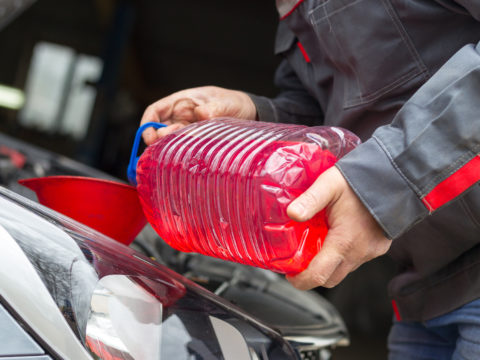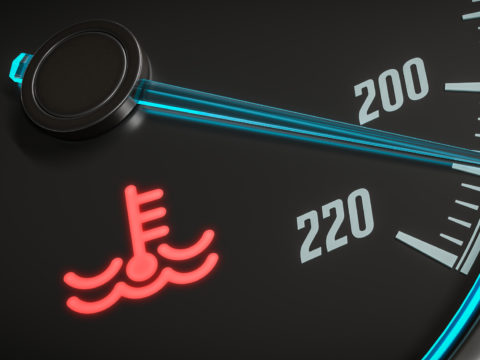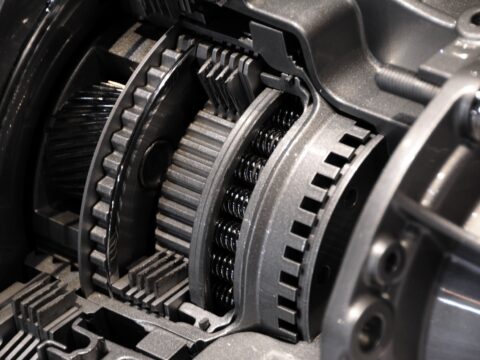If you’re a newcomer to the world of automatic cars, then it’s important to understand how to use your automatic transmission correctly. Depending on your vehicle, you may have noticed that you have a gear called “D3” at your disposal. But what exactly does this gear point mean?
Today, we going to answer this question and help you understand exactly where, when, and how you should be using your D3 gear.
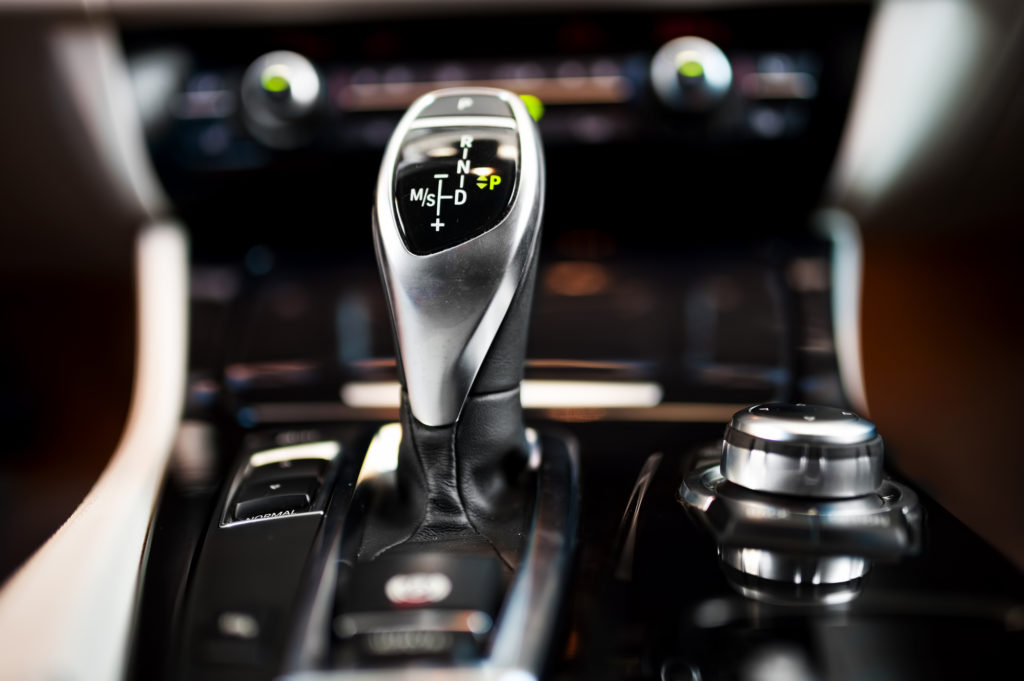
Contents
Automatic Car Gears Overview
Automatic transmission systems come in various shapes and sizes. All automatic cars come with the P (Park), R (Reverse), N (Neutral), and D (Drive) gears as standard, but some manufacturers will add extra gears for certain situations.
For example, some transmissions will feature an L gear, which stands for Low. Selecting this option locks the car into the lowest gear and doesn’t let the transmission shift to a higher one. The L gear is used to control speed on descents and provide higher engine RPM.
The D3 gear serves a similar purpose but has a wider range of uses. Some cars will have an L and a D3 gear, but this isn’t always the case.
What Does Driving In D3 Mean?
Driving in D3 means that you’re limiting your car to the lowest three gears only and prevents the transmission from shifting past the third gear. If you were using a manual transmission, then this would be the same as switching up to third gear as normal, but never moving into the fourth gear.
Driving in D3 has plenty of benefits, but it also has some drawbacks. In particular, keeping your engine at a high RPM for extended periods can cause unnecessary wear. To get the most out of your D3 gear it’s important to use it in the right situations.
When Should You Use The D3 Gear?
To control speed during descents
Since the D3 gear locks your transmission into the lowest three gears, it can prevent your car from picking up too much speed during descents. This process is known as an engine braking system and it works since a car can only go so fast without switching into fourth gear.
To gain speed when going uphill
One of the effects of driving in D3 is that the engine can reach a higher RPM. This allows the car to gain speed more quickly when traveling up a steep hill. If the car was left in the standard D gear, then it might switch up to fourth too soon and leave you with a limited throttle response.
In heavy traffic
If you’re pulling in and out of heavy traffic, then staying in the lower gears will give you more control over the vehicle. The increased throttle response you get with high engine RPM means you can get going faster and you won’t feel like you’re dragging your car into action.
For quick acceleration
In general, you can expect better acceleration when you’re driving in D3. This is again thanks to the increase in engine RPM. The payoff is that the car will have a lower top speed, but this shouldn’t be a problem unless you’re cruising down the highway.
To retain traction on slippery surfaces
It’s always advisable to stay in a low gear when driving on ice or other slippery surfaces. If an automatic vehicle switches through the gears too quickly then your car can lose traction and stop making progress. By selecting the D3 gear, the car is forced to stay in the lower gears and will provide better traction.
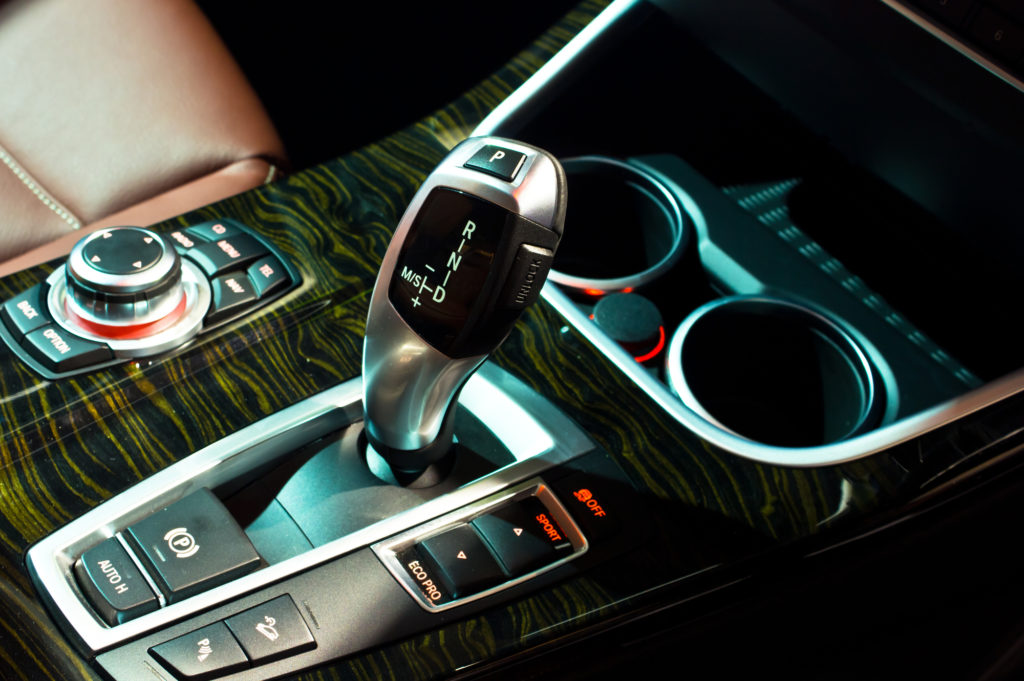
Advantages And Disadvantages Of Driving In D3 Gear
It’s clear that setting your automatic transmission to D3 is a good idea in a number of situations. With that said, it’s still worth understanding the pros and cons of the gear before driving in it for extended periods.
Pros
Quicker throttle response
By limiting the transmission to just the first three gears, the engine will often operate at a higher RPM than usual. A big benefit of this is quicker throttle response. When you put your foot on the gas pedal, you’ll notice the car start to accelerate with less of a delay.
Reduces brake wear
Since you get more engine braking when using D3, you won’t need to use the brake pedal as much as usual. This is especially true when traveling downhill – if you were in the regular D gear, you’d probably have to ride the brakes throughout the descent to stop the car from picking up speed.
More control over the vehicle
In many situations, driving in D3 gives you more control when compared to driving in a higher gear. This is because the throttle is very responsive and the car can accelerate more rapidly. Whenever you’re stuck in stop-start traffic, D3 is nearly always the best option.
Better acceleration when hauling load
Hauling a heavy load can have a big impact on vehicle control and acceleration. By staying in third gear and below, you get an acceleration boost that can balance out the effects of the load.
Cons
High RPM can cause unnecessary wear
It’s not the best idea to drive around with a high engine RPM when you don’t have to. The extra stress that this puts on the engine can cause it to wear out faster, which could result in expensive repairs.
The automatic transmission comes with higher gears for a reason, and it’s important to use them when the situation requires it. For example, if you’re going down the highway at speed, then there’s no reason to stay in third gear.
Extra fuel consumption at high speeds
Aside from component wear, another drawback of driving in D3 is fuel consumption. Due to the higher RPM, the engine requires a greater supply of gas. Switching to the standard D gear at high speeds will help you save fuel.
FAQs
Can you shift gear from D to D3 while driving?
Yes, you can switch down to D3 at any time while driving. However, if you’re traveling at high speeds, then switching to D3 will cause the revs to surge and the car will slow down to match the engine speed to the road speed.
Is D3 gear good for snow?
On slippery surfaces, you always want to be in a lower gear to maximize traction, which is exactly what D3 does. Switching to D3 will prevent your automatic transmission from jumping through all the gears when the revs start to climb.
Can I drive in D3 on a highway?
When traveling at high speeds, D3 provides fewer benefits and the extra revs could put more strain on your engine. Unless you’re stuck in traffic, the standard D gear is most likely going to be the best choice on the highway.

